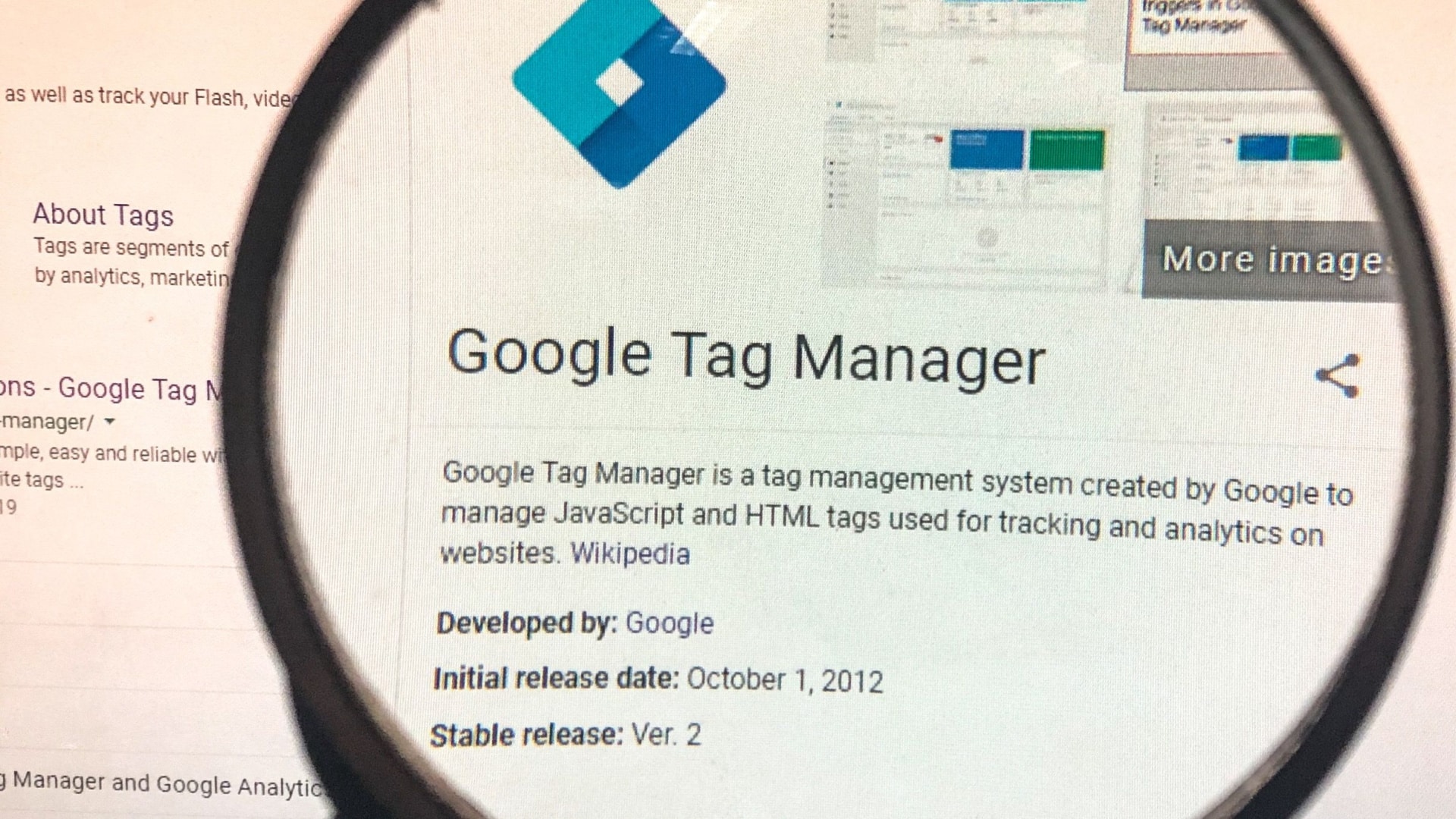CMS integration and 2 other new Google tag feature updates
Three new tag features will make the recording, measurement, and installation of the new Google tag a lot less cumbersome.
Google has just announced three additional feature capability updates to their tag. These updates are intended to “help advertisers and businesses strengthen their measurement strategies and efforts.”
Now, Google has added three new features.
- Tag coverage summary
- Google Ads and Analytics integrations
- CMS integrations
The new updated tag. In August, Google released a new, simple, centralized tag solution that required less coding and new features such as analyzing events, managing the tags from one central screen, and using a single line of code to enable more products, accounts and features from the interface.
Let’s take a closer look.
Tag coverage summary. This allows businesses to quickly assess whether or not their Google tag is correctly implemented and which pages are not tagged. Additionally, it will suggest pages that may not have been properly tagged to ensure that the foundation is correctly established.
You can see where tags are implemented in suggested pages. If the suggestions don’t include all of your website pages, you can quickly add URLs by entering them manually or uploading a CSV file. There is also a Tag Assistant icon you can click on each page to see if your tag has been implemented properly.
Google Ads & Analytics integrations. This feature will make it easier to set up a conversion measurement. Adding additional code to your website is not required. Businesses and advertisers will find Google tag capabilities directly integrated into Google Ads and Google Analytics in the coming weeks.
CMS integrations. If you use a popular CMS or website builder, you can now install a Google tag across your website without making manual changes to the main site code.
You can also reuse the existing gtag.js implementation or create a new Google tag to deploy without making changes to your main website code. This can be done directly in your CMS within the Ads and Analytics account setup flows.
GA4 reminder. In the same announcement, Google also reminds us that it’s time to upgrade to GA4, if you haven’t done so already.
“If you have gtag.js for Google Ads or Universal Analytics on your website, you can do this directly in the setup assistant in Google Analytics by choosing an existing Google tag. If you don’t have a Google tag on your site or are using an analytics.js tag, you’ll need to create a new tag before you can get started, which you can do within the same, simplified workflow.” Scott Herman, Group Product Manager, Tagging at Google.
Dig deeper. You can read the full announcement from Google here. You can also read the Q&A with Christophe Combette, Director, Ads Measurement Products at Google about the new, simplified global site tag that was released this August here.
Why we care. All of these new Google updates, features, and products can seem overwhelming. Especially if you’re an ecommerce marketer coming up on a busy shopping season. But the new tag capabilities do seem to make things easier.
Aside from a general timeline of “in the coming weeks,” Google doesn’t make it immediately clear on where to go if you want to make updates to your tag, or view the new capabilities that are available. But if you have the Google tag installed already, you can likely visit your tag manager page to learn more. If you need to install a tag, or need to make updates, you can visit Google’s help documentation here.
Related Stories
New on Search Engine Land
4 new Instagram ad surfaces and tools
Facebook offers new ways to customize your feed
CMS integration and 2 other new Google tag feature updates
What should the title tag length be in 2023?
Google Search Console data logging issue on September 21st







